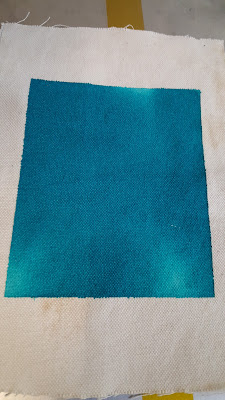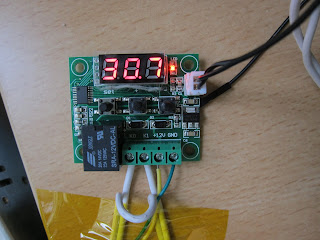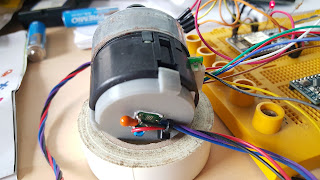Reaching your Pi over your network

There are multiple ways of learning what is the IP address your Raspberry Pi is obtaining from a router. The most obvious one is to use the router's DHCP client list. Another one is to use a HDMI display as your RPi will report its IP address while booting. The former requires administrative access to the router, which may not be possible on certain networks and the latter is only possible if you can connect the display to the RPi and you have a display available. What I am going to propose requires no special rights over the network gear not any additional hardware. One of the things you can do over a network is to broadcast a message (in fact this is the foundation of the DHCP protocol for a computer to find a suitable DHCP sever over the network without previous knowledge of it). Sending a UDP broadcast message allows any other system on the network to hear it. And if that message is received each receiver knows immediately the sender's IP address. So here is what I...














